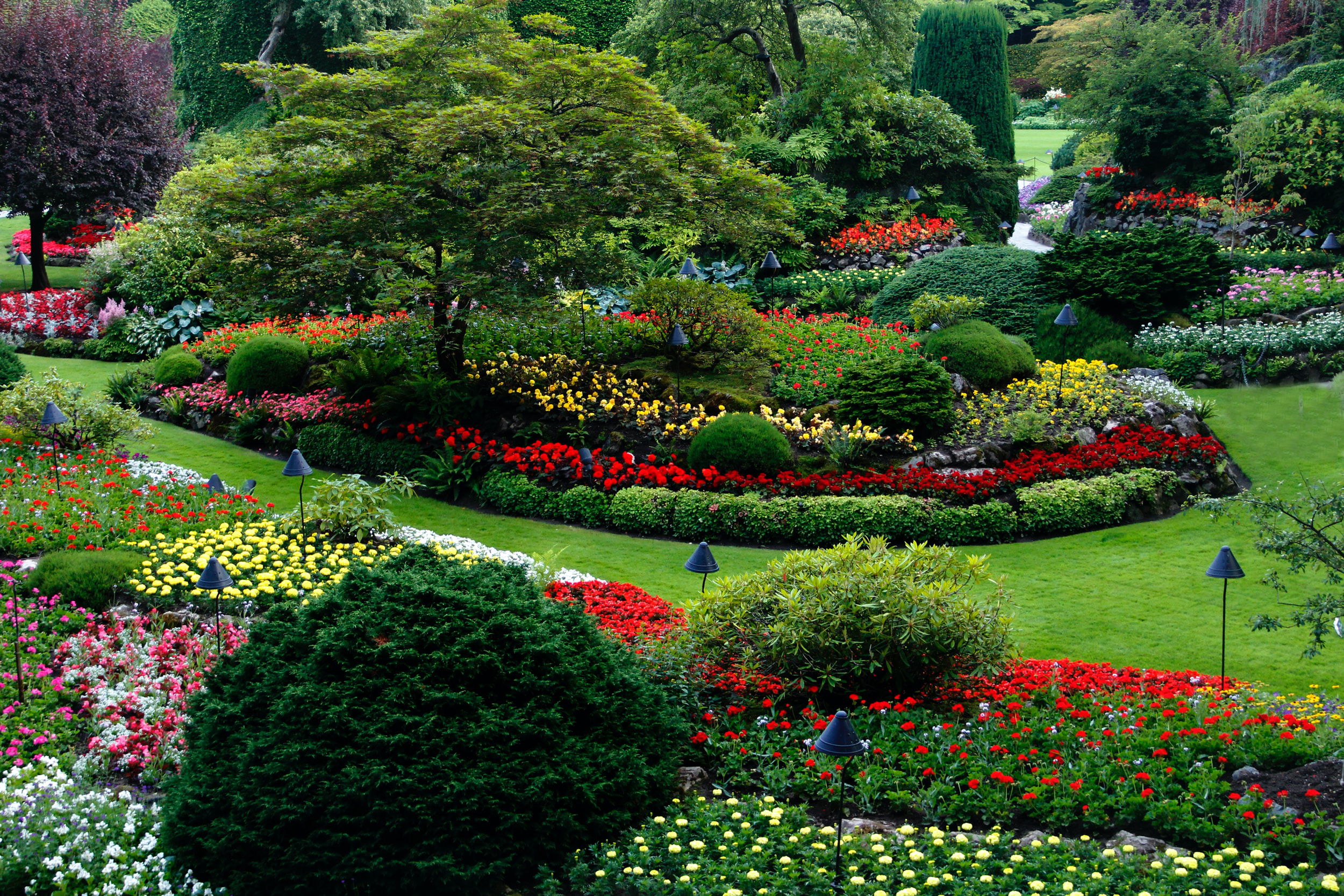Proper landscaping and design form the foundation of aesthetically pleasing and functional outdoor spaces. The building blocks of effective landscaping encompass several key elements that work harmoniously to create a cohesive and visually appealing environment. Firstly, careful consideration of the site's topography, soil quality, and climate sets the groundwork for successful landscaping. Understanding these factors allows landscapers to choose appropriate plant species, materials, and construction techniques that thrive in the specific conditions of the site.
Secondly, thoughtful planning and design play a crucial role in maximizing the potential of outdoor spaces. This involves creating a well-defined layout that balances functionality, aesthetics, and practicality. Elements such as pathways, seating areas, focal points, and green spaces should be strategically integrated to enhance the usability and visual appeal of the landscape. Incorporating principles of symmetry, scale, and proportion ensures that the design achieves a harmonious balance and resonates with the overall architectural style of the property.
Lastly, attention to detail and skilled craftsmanship are essential for bringing landscaping designs to life. From the selection and placement of plants to the installation of hardscape features such as patios, retaining walls, and water features, every aspect of the landscape should be executed with precision and care. Professional landscapers leverage their expertise and creativity to transform outdoor spaces into inviting retreats that reflect the unique preferences and lifestyle of the property owner. By focusing on these building blocks of proper landscaping and design, homeowners can create outdoor environments that enhance curb appeal, promote relaxation, and foster a deeper connection with nature.
